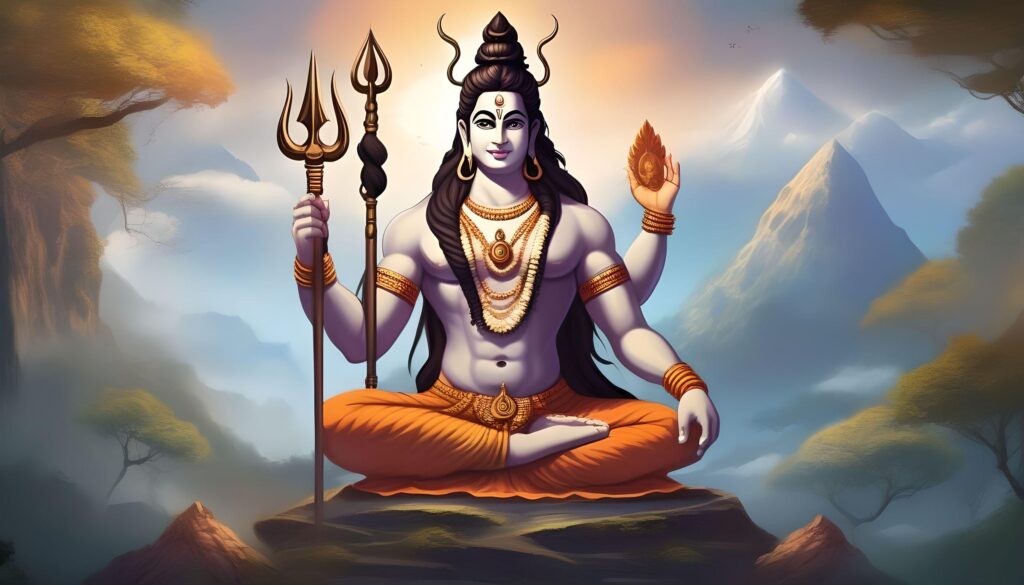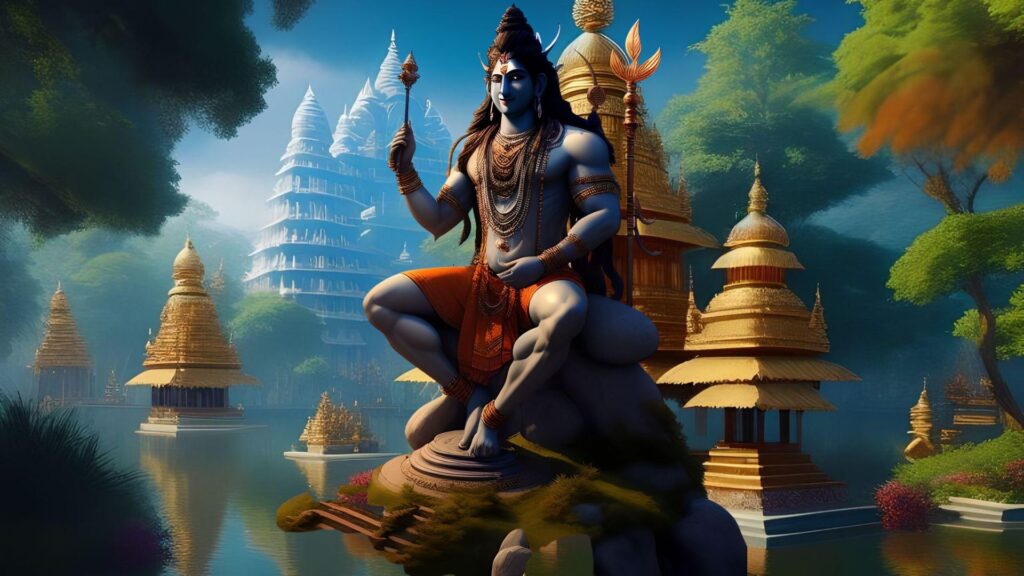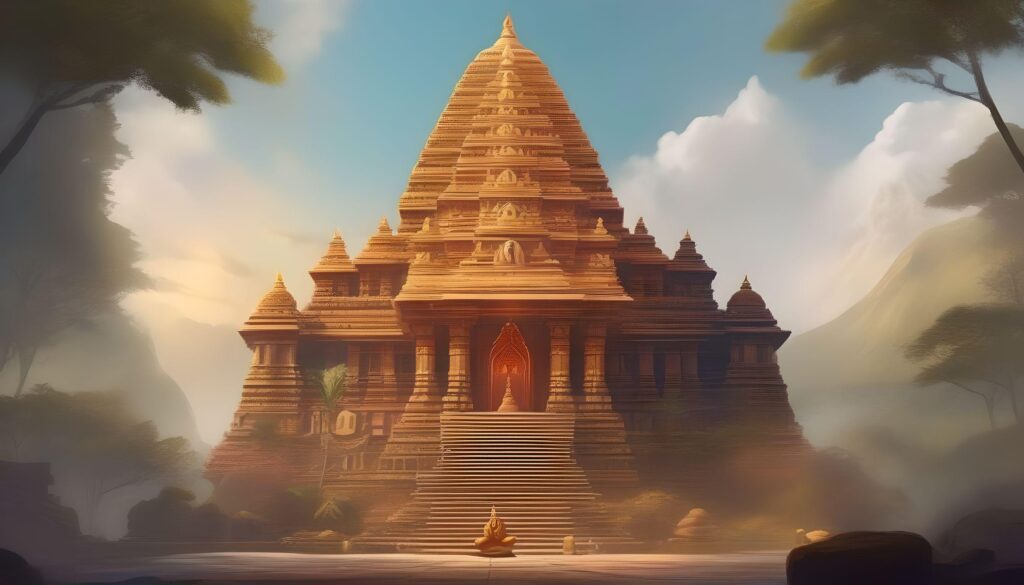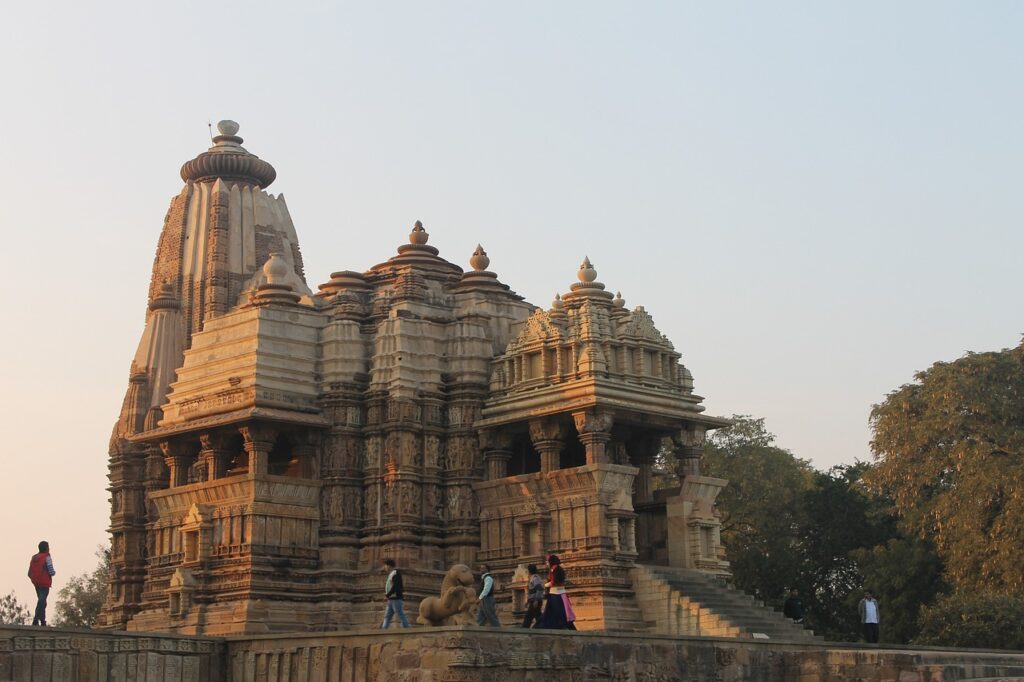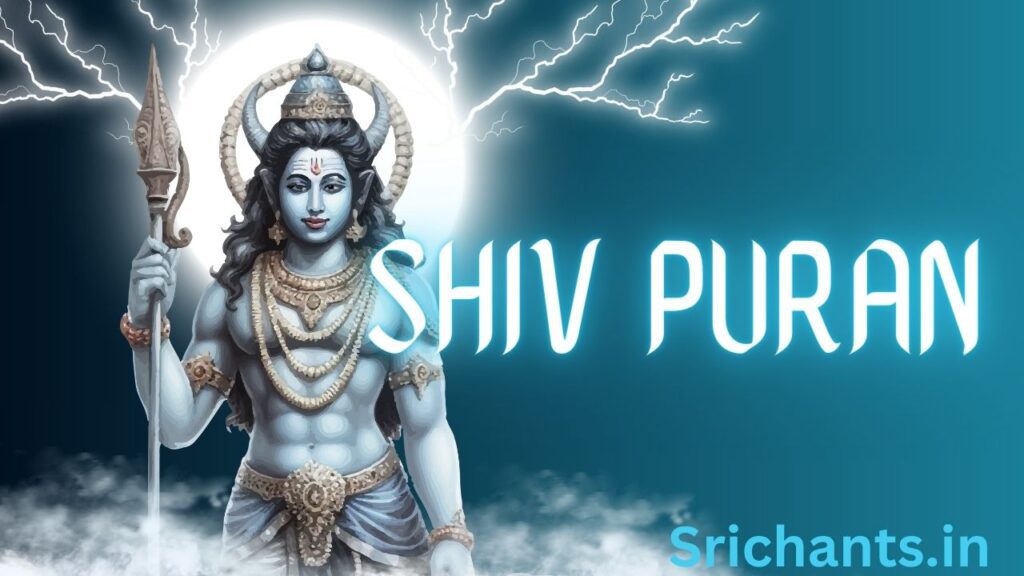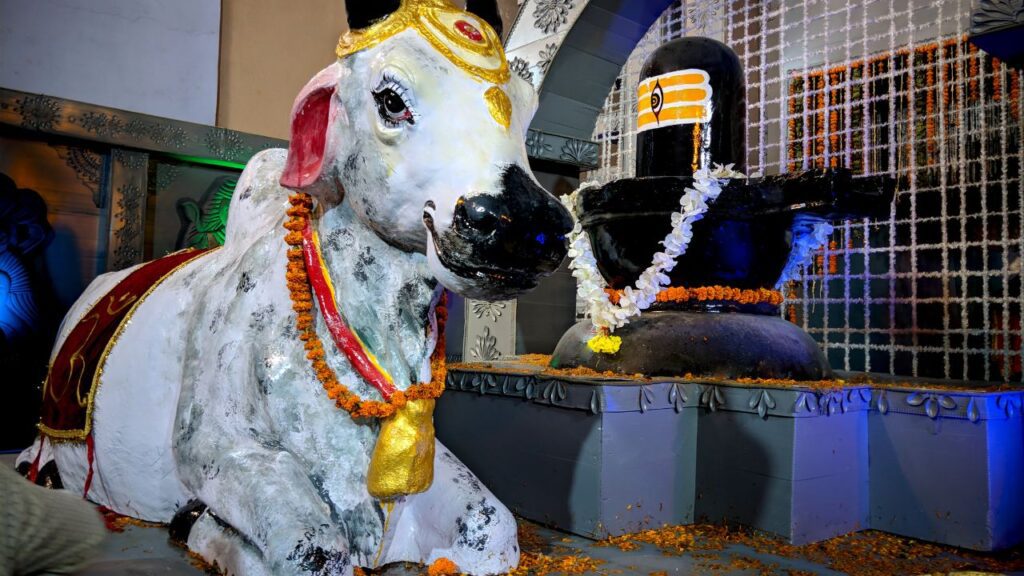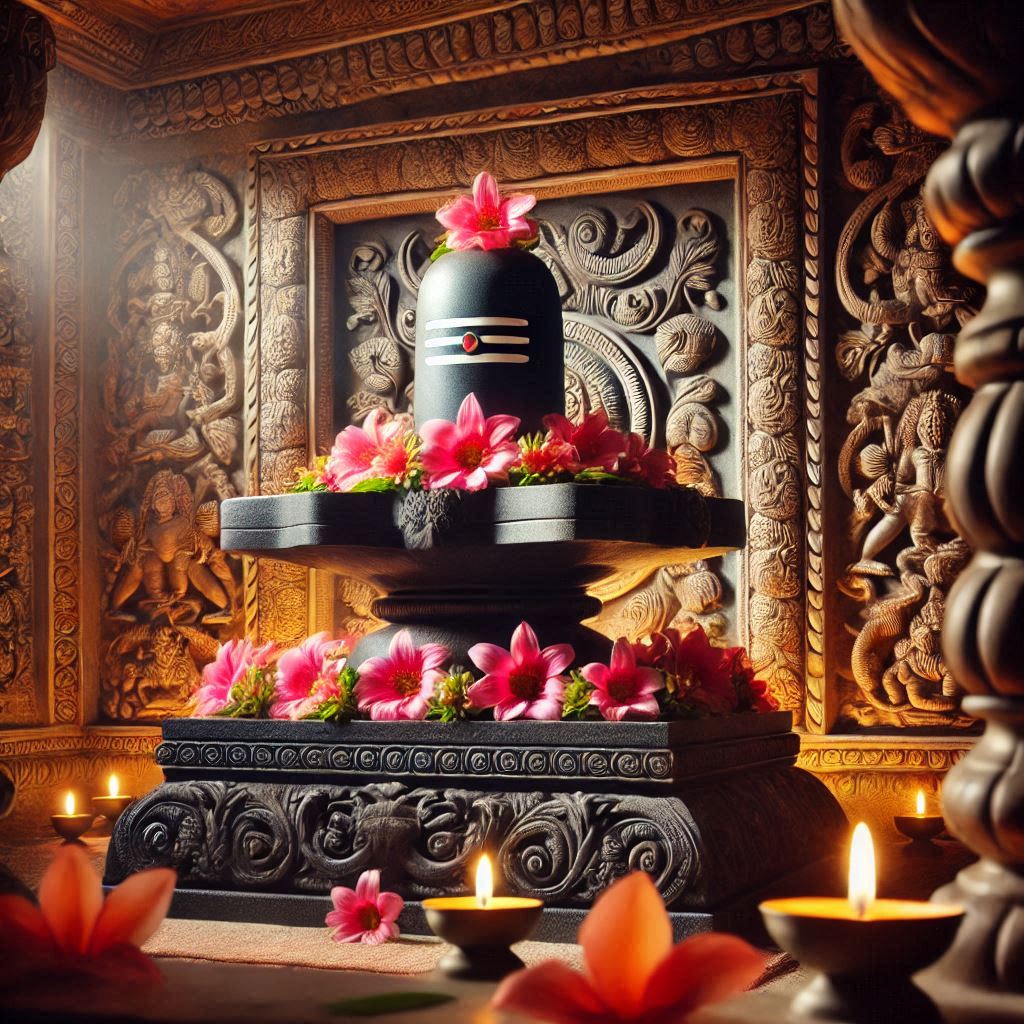Who is the most Dangerous God in Hindu
Hinduism, a religious tradition renowned for its extensive pantheon and imaginative mythology, accords significant prominence to the deity Shiva. Shiva, a deity venerated by the Saivite sects of India, exemplifies qualities that appear to be in direct opposition to one another. Who is the most perilous deity in Hinduism? The multidimensional nature of Shiva, who is also revered as a symbol of sensuality and the great ascetic, renders him one of the most captivating deities in Hinduism.
The Origins of Shiva
Initially referred to as Rudra, Shiva was a minor deity mentioned a mere three times in the Rig Veda, an ancient Hindu scripture. Nevertheless, as time passed, Shiva acquired the attributes of a preceding fecundity deity and emerged as a prominent entity within the Hindu pantheon. He joined Vishnu and Brahma in the trimurti, the Hindu triune beings.
The Tradition of Shiva: Shaivism
Shaivism, alternatively referred to as Saivism, is a highly embraced Hindu tradition that boasts a substantial adherent base among devotees of Shiva. Shaivites uphold three foundational principles, namely pati (deity), pasu (the individual soul), and pasa (the ties that restrict the soul to terrestrial existence). Shaivites strive to liberate their spirits from servitude and achieve shivata, the essence of Shiva. They engage in ascetic practices, penances, and place a heavy emphasis on yoga and renunciation in order to accomplish this.
Symbolism Associated with Shiva
Shiva is frequently embodied in a multitude of attributes and symbols that possess profound symbolic significance. These symbols possess significance not only in relation to particular facets of Shiva’s persona but also in the broader context of Hinduism.
The Snake and Reincarnation
The serpent is one of the most widely recognized symbols associated with Shiva. Shiva frequently adorns his upper arms and neck with a serpent coil, which symbolizes his dominion over perilous beings. Snakes are an additional symbol of reincarnation in Hindu dogma. The act of skin shedding symbolizes the metamorphosis of spirits between lives, which is a fundamental tenet of Hinduism.
The Trident and the Hindu Trinity
Conspicuously portrayed alongside Shiva is a trident, which symbolizes the Hindu triunel comprising Brahma, Shiva, and Vishnu. Additionally, it is said that the trident represents the tripartite characteristics of nature: formation, maintenance, and demise. Although Vishnu is commonly associated with preservation, the destructive nature of Shiva corresponds to the symbolic representation of the trident.
The Crescent Moon and Rudraksha Beads
Shiva’s headdress, a crescent moon, symbolizes Nandi, the bull and the deity of nightly love Kama, as well as fertility. Furthermore, Shiva embellishes his persona with revered Rudraksha jewels, which may be an allusion to his former appellation, Rudra.
The Skull and Samsara
The cranium held by Shiva represents the cycle of samsara, which consists of life, death, and rebirth. Shiva’s embodiment of the Hindu concept of samsara corresponds to his position as Mahakala, the Lord of Time, who is responsible for both the destruction and creation of all things.
Various Forms of Shiva
Each of the numerous forms in which Shiva is depicted carries its own meaning and symbolism. These manifestations showcase various facets of Shiva’s persona and offer devotees a wide array of opportunities to establish a connection with the divine.
The Lingam: Symbol of Perfection
The lingam is one of the most widely recognized manifestations of Shiva. The lingam’s ovoid form symbolizes the supreme perfection exhibited by Lord Shiva. It functions as an enigmatic embodiment of the divine encounter and carries profound spiritual import for its adherents.
Ardhanarisvara: The Androgynous Union
Shiva, in his manifestation as Ardhanarisvara, symbolizes the androgynous union of himself and Parvati, his consort, within a single physical form. By virtue of this form representing the harmonious balance of masculine and feminine energies, Shiva is portrayed as the archetypal husband.
Nataraja: The Cosmic Dancer
One of the most emblematic personifications of Shiva is in the form of Nataraja, the celestial performer. The rhythmic cycles of creation and annihilation in the universe are represented by Nataraja. Shiva employs his dynamic movement to uphold the cosmic order and subdue disorder.
The Third Eye and Higher Consciousness
A third eye, frequently incorporated into Shiva’s depictions, serves as a symbolic representation of elevated consciousness. In addition to possessing divine knowledge, this eye is a formidable weapon capable of igniting the demise of adversaries. The narrative surrounding Shiva’s third eye pertains to his spouse, Parvati, who capriciously obscured his other two eyes, thereby exposing the world to darkness and posing a threat to its very existence.
Shiva Statues: Capturing the Essence
Statures and sculptures that symbolize Shiva frequently embody his formidable essence, functioning as central locations for acts of devotion and meditation. These statues, crafted from a variety of materials including brass, represent Shiva in a variety of poses and forms, providing devotees with a visual and tangible connection to the deity.
Conclusion
Shiva, the intricate and diverse deity in Hinduism, personifies characteristics of both remediation and destruction. Shiva, revered by the Saivite sects of India, occupies a significant position in Hindu mythology and motivates a vast number of devotees. By virtue of his multifaceted nature and symbolic significance, Shiva’s influence permeates Hinduism and spirituality, providing followers with a means to comprehend the dynamic essence of being.
Who is the most Dangerous God in Hindu?
#DangerousGod #shiv #shiva #Shaivism #snake #Reincarnation #Crescentmoon #Moon #Crescent #Skull #hindu #Hinduism #lingam #ling #shivling #Ardhanarisvara #Nataraja #ThirdEye
